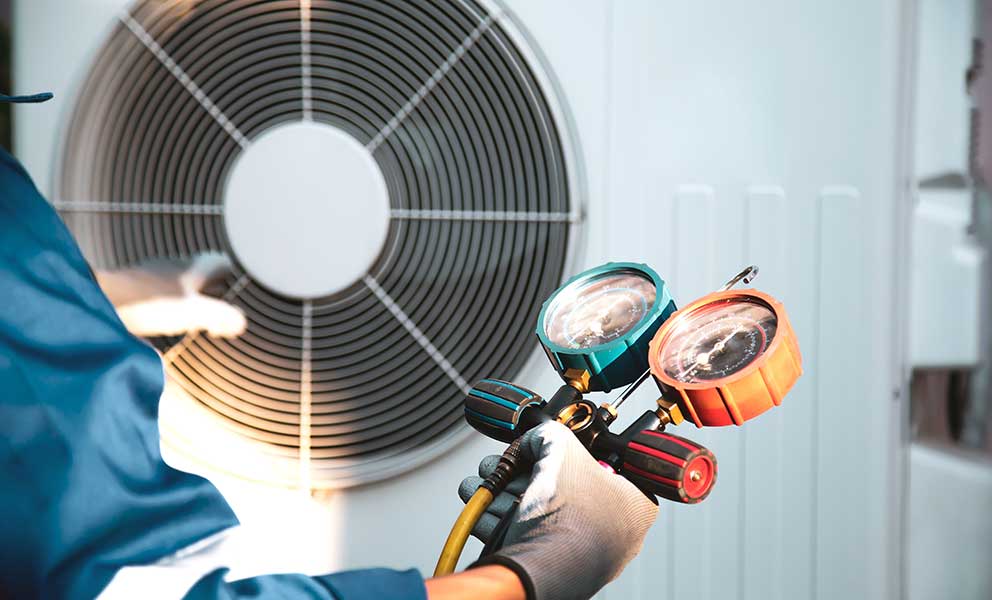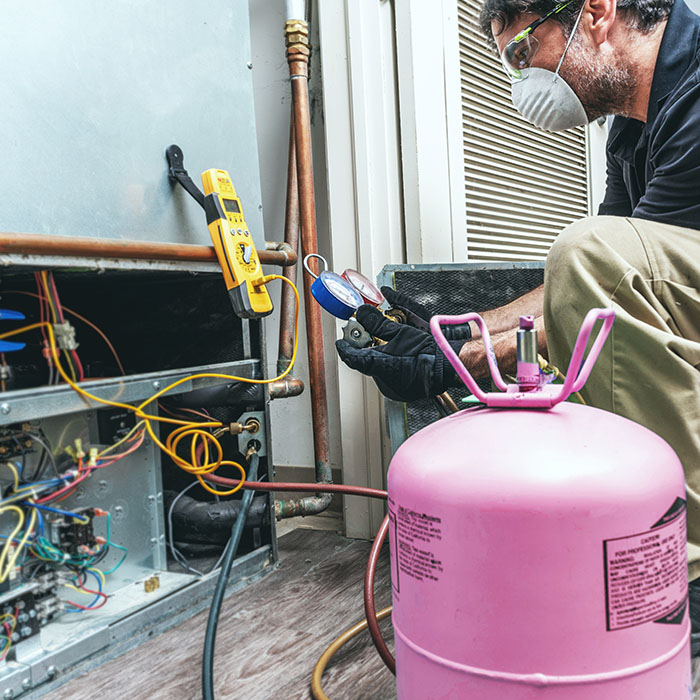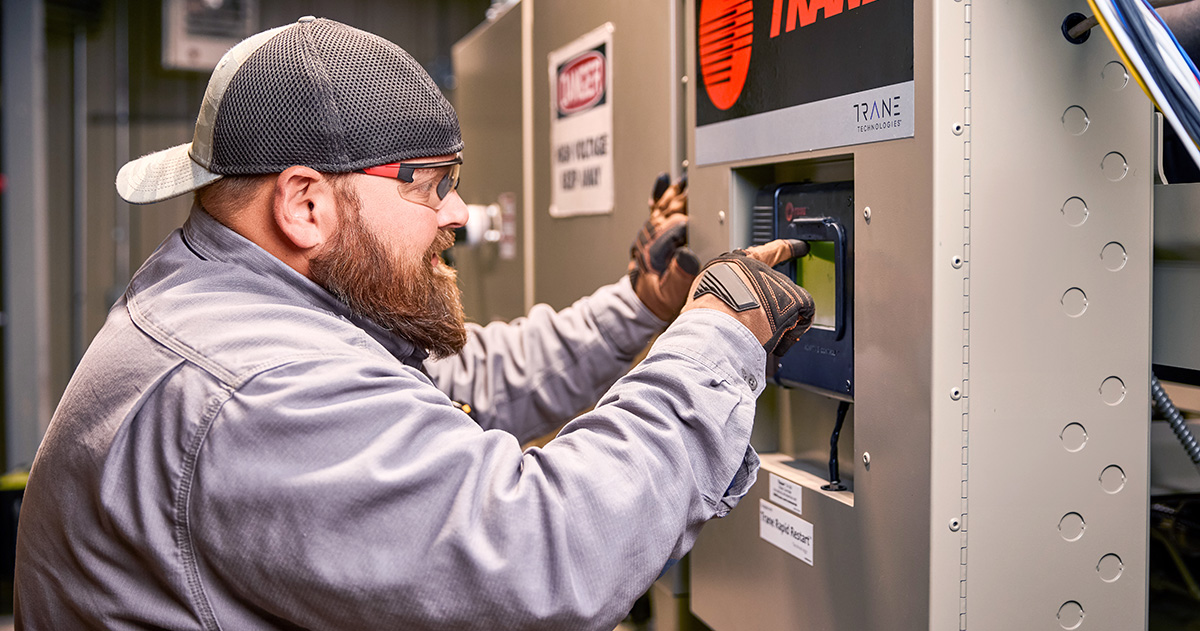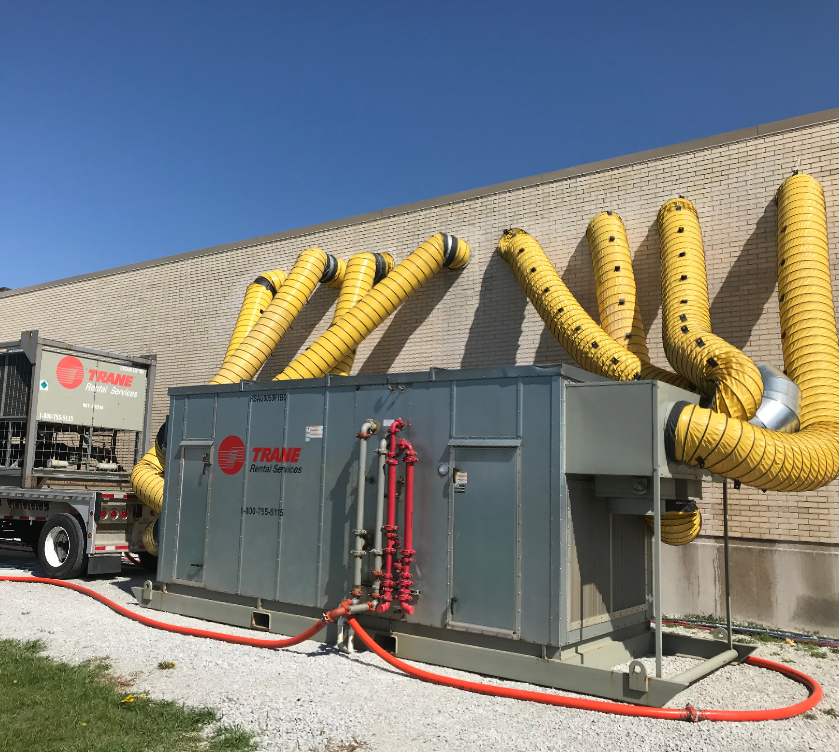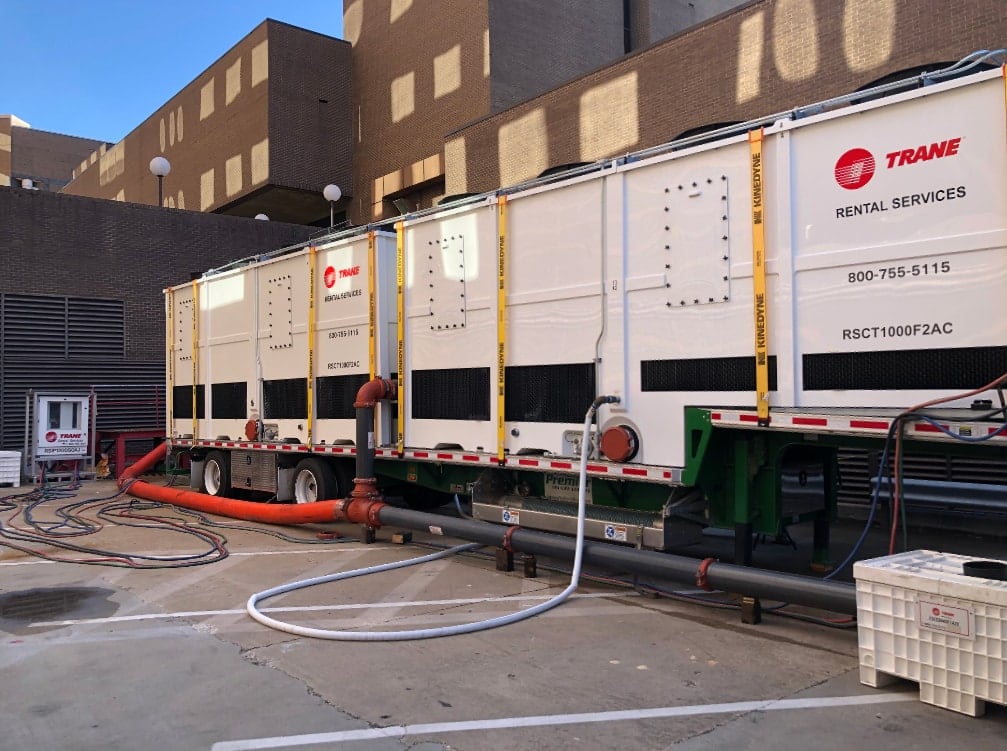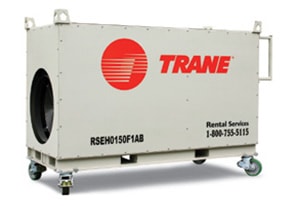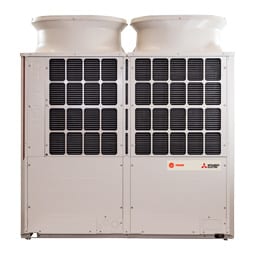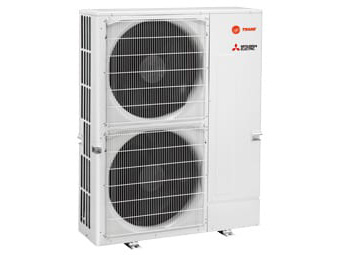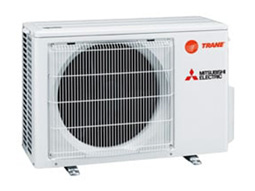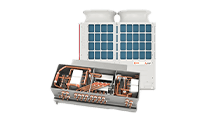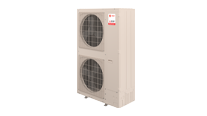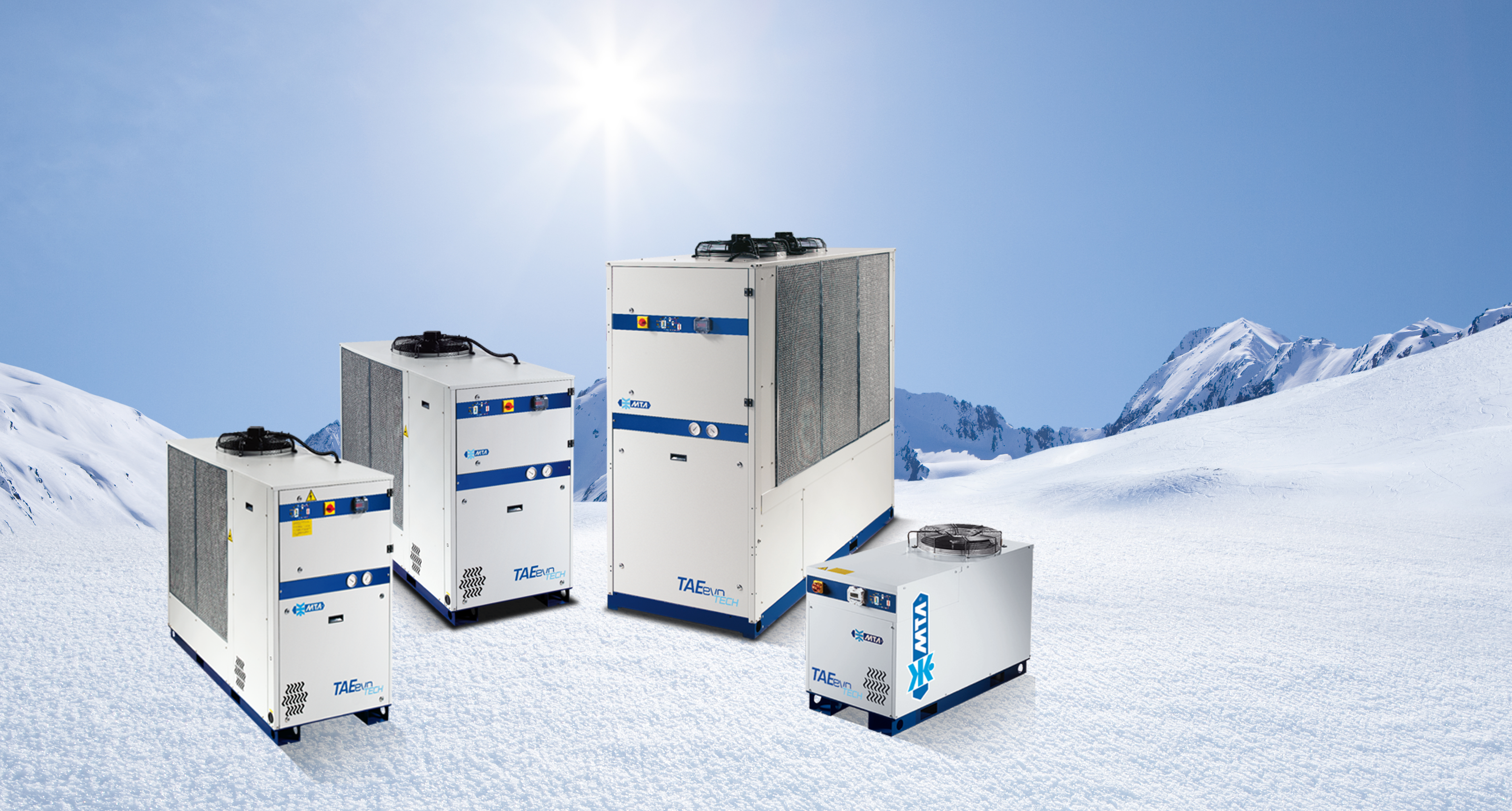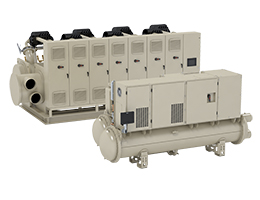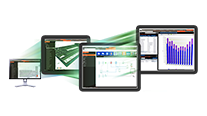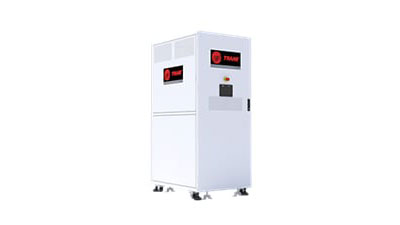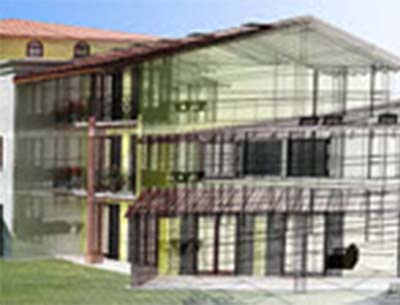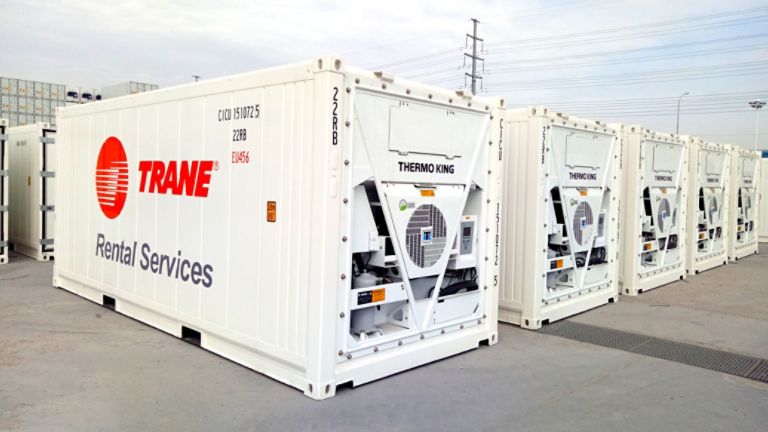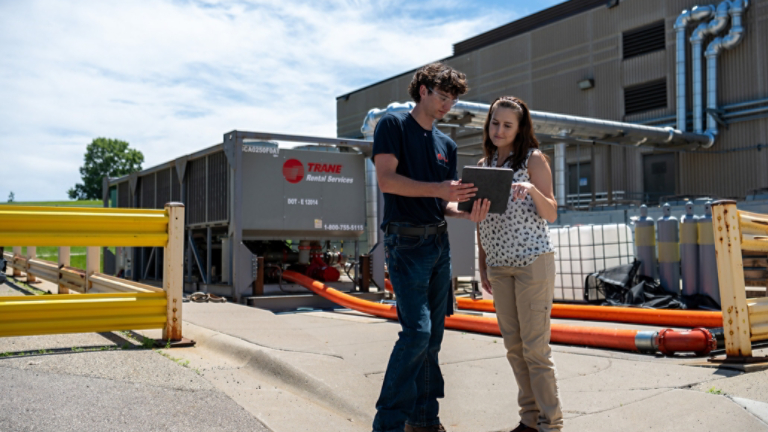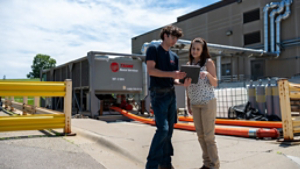Familiar refrigerants, including R-410A, are being phased out in newly manufactured equipment, with next-generation, low global warming potential (GWP) refrigerants becoming the new reality. Fortunately, Trane has remained ahead of these changes, investing over 15 years and $500 million to determine the best low-GWP refrigerants for our equipment and systems. And we are happy to share what we have learned to help make your path to new work processes and compliance easier.
Here is how to prepare for this refrigerant transition:
Begin with a base of knowledge
It is important to begin with a base of knowledge that will help inform future decisions and actions. For example, while low-GWP refrigerants like R-32 and R-454B are classified as A2L lower flammability refrigerants, R-454B can only be ignited by competent ignition sources such as heat sources greater than 1290°F and open flames1. Additional useful insight includes:
- Trane equipment with A2L refrigerants meets strict safety standards UL 60335-2-40/CSA C22.2 No. 60335-2-40
- While very few exist in most settings, Trane eliminates competent ignition sources in its equipment (i.e. protected electrical circuits)
- An onboard leak detection system, where needed, will mitigate any refrigerant concentrations from reaching a level capable of being ignited by locking some unit parts from running
Know what is changing — and what is not
You CAN continue servicing equipment with HFC refrigerants, such as R-410A. While Trane recommends getting training on safe A2L refrigerant handling, you also CAN continue operating under the same Environmental Protection Agency (EPA) regulations under Section 608 of the Clean Air Act requiring certification for technicians who maintain, service, repair or dispose of equipment that could release refrigerants into the atmosphere. You CANNOT directly replace refrigerants in existing units with the new low-GWP versions. Drop-in refrigerant replacements do not exist. The U.S. EPA and industry safety standards specifically prohibit the use of flammable refrigerants in equipment that was originally designed for non-flammable refrigerants like R-410A.
Learning new handling processes
Section 608 of the Clean Air Act also defines proper requirements during service and repair of equipment with A2L refrigerants. Ways you can learn these new service and installation procedures include:
- Considering ESCO Institute training for HVAC field service technicians — with all A2L refrigerants requiring different processes for service and maintenance, Trane is putting our field technicians through ESCO Institute training, which the EPA may make a future requirement. We recommend this for all HVAC field service technicians.
- Update your tool kit — A2L refrigerants require spark-free tools and Trane’s new A2L Tool Kit, which you can order through Trane Supply, bundles them together and includes:
- XFieldpiece® Vacuum Pump (VPX7)
- Fieldpiece® Leak Detector (DR-82)
- Fieldpiece® Recovery Machine (MR-45)
- Victor Edge Series 2.0 Hybrid Regulator (REG00619)
- Never mix refrigerants — equipment manufacturers are making their own A2L refrigerant selections, so you may see a wider range of refrigerants in use. Remember to check the labels and always use the same refrigerant that is listed.
Learn more about leak detection and site modifications
Be sure to familiarize yourself with newly updated EPA requirements for refrigerant leak detection, corrective actions, retrofitting or retiring appliances and system mothballing, which might lead to site modification. And, in some cases, site modifications will be required for units containing next-generation A2L refrigerants. These requirements described in ASHRAE Standard 15 are intended to maintain safety during refrigerant leak and, depending on the site, refrigerant and equipment, safety modifications may mean:
- Improved ventilation for equipment rooms
- Automated leak detector (ALD) in machinery rooms
- Leak detection system (LDS/RDS) onboard units where applicable
- Lower detection limits
- Quicker alarm responses
- Automated shutdown
- Site modifications for safe distancing (activate air circulation, de-energize potential ignition source and remote shutdown outside mechanical rooms)
Trane is making factory-installed leak detection systems standard on many of our rooftop units, split systems, water-source heat pumps and self-contained units where applicable. Applied systems in machinery rooms will adhere to ASHRAE® 15 safety standards and UL 60335-2-40.
Practice safe storage and transportation
Know how to properly store A2L refrigerant cylinders according to updated fire protection codes. Storage requirements and maximums vary depending on the type of storage facility and whether or not the space has sprinkler protection. Refrigerant that is already loaded into HVAC units does not need to be included in the maximum inventory count.
You also will want to practice transportation safety for flammable products. For example, technicians are limited to carrying a total of 225 lbs. of A2L refrigerants in service vehicles.
The change to next-generation, low-GWP refrigerants is an ongoing journey critical to lowering the carbon impact of buildings. Please know that with our products, controls, service and insight, Trane has you covered.
